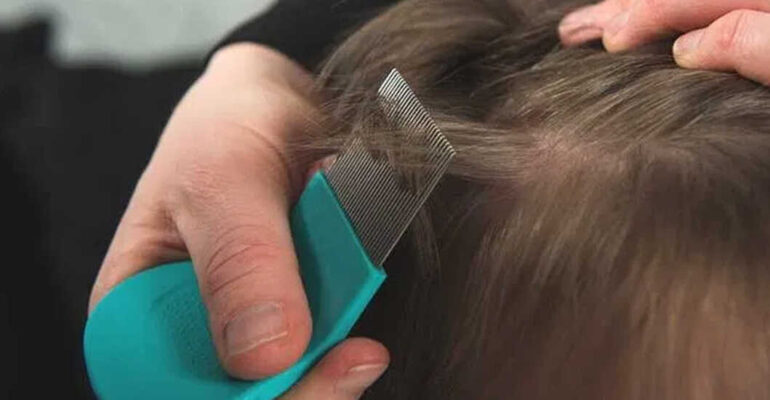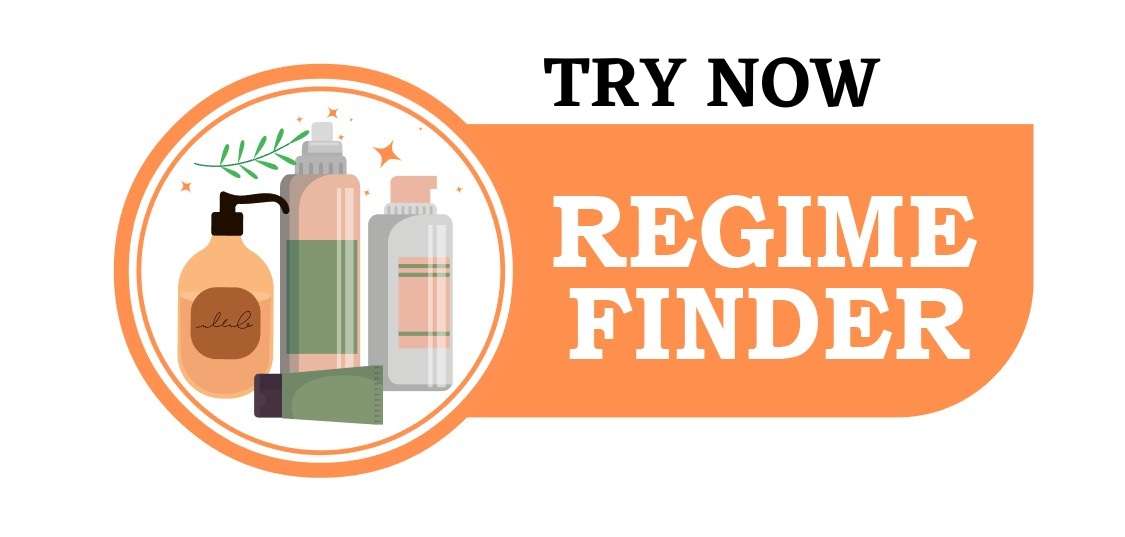Head Lice (Pediculosis Capitis): Causes, Symptoms, Prevention, and Treatment
August 30, 2021 2025-04-23 11:42Head Lice (Pediculosis Capitis): Causes, Symptoms, Prevention, and Treatment
As an Amazon associate, Dermatocare earns from valid purchase made by clicking on the affiliate links in this blog.

Head Lice (Pediculosis Capitis): Causes, Symptoms, Prevention, and Treatment
“Doctor, my kid has lice and nits in their hair. How do you get head lice? How to check for lice? How to treat lice?”
These are some of the most frequently asked questions by concerned parents. Head lice, or Pediculosis capitis, are a common but distressing scalp infestation, especially among children. Prompt identification and treatment are essential to prevent discomfort, social embarrassment, and further spread.
What is Head Lice?
Lice infestation is called Pediculosis, and when it affects the scalp, it is referred to as Pediculosis Capitis. Head lice (Pediculus humanus var. capitis) are wingless insects that feed on human blood and reside on the scalp. Although they do not spread any systemic disease, their bites cause intense itching and irritation, and repeated scratching can lead to secondary infections.
Lice infestation is most common in children aged 6–12 years, especially girls due to longer hair. In rural India, prevalence may range from 13.3% to 49% in children aged 3–13 years.
How Do You Get Head Lice?
Head lice spread primarily through:
- Head-to-head contact – The most common route during play, sleepovers, or school activities.
- Sharing personal items – Caps, helmets, combs, brushes, scarves, towels, and pillows.
Lice are wingless and cannot jump or fly. They move from one hair strand to another using their claw-like legs.
Unlike popular myths, lice infestation has no relation to poor hygiene. Anyone can get lice, regardless of how clean their hair is.
Lice thrive in hair because they can cling to hair shafts and lay eggs (nits), which hatch in 7–10 days. Adult lice can live up to 30 days on a human scalp but die within 24–48 hours off the host.
What Age Group is Most Affected?
- Predominantly seen in children aged 3 to 12 years, with peak incidence in school-going age.
- Girls are affected more than boys.
- Parents, caregivers, and teachers may also get infested through close contact.
Symptoms of Head Lice
| Symptom | Description |
|---|---|
| Itching & Scratching | Caused by an allergic reaction to lice saliva. May begin weeks after infestation. |
| Tickling Sensation | A feeling of something moving on the scalp. |
| Nits (Lice Eggs) | Oval, yellow-brown dots firmly attached to hair shafts, typically near the nape and ears. Cannot be flicked off like dandruff. |
| Adult Lice | Black-brown insects visible on close inspection; mobile and hard to catch. |
| Boils or Red Bumps | Due to secondary bacterial infection from scratching. May cause pain and swelling. |
How to Check for Head Lice
- Visually inspect the scalp by parting the hair in sections, focusing on the nape of the neck and behind the ears.
- Use a fine-toothed lice comb on wet hair for better visualization.
- A bright light or magnifying lens may help spot adult lice or nits.
- If uncertain, consult a dermatologist for confirmation and appropriate treatment.
Prevention Strategies
Teach children the following precautions:
- Avoid head-to-head contact during play or group activities.
- Do not share hair accessories, brushes, towels, caps, or helmets.
- Perform routine hair checks if lice are reported at school or daycare.
- Keep long hair tied or braided when in groups.
Treatment
1. Manual Removal
- Wet hair and comb with a fine-toothed metal lice comb every 2–3 days for 2 weeks.
- Oil or conditioner may help dislodge nits.
- A light-colored comb aids visibility.
2. Topical Treatments
Use shampoos, lotions, or rinses containing:
- Permethrin 1%
- Malathion 0.5%
- Carbaryl
- Ivermectin
- Lindane (use with caution due to potential neurotoxicity)
Follow instructions carefully:
- Apply to dry/damp hair.
- Leave for 10 minutes (or as directed).
- Rinse and remove nits with a comb.
- Repeat after 7–10 days to kill new lice.
3. Oral Medications
Reserved for resistant cases or widespread infestations:
- Ivermectin
- Cotrimoxazole
- Levamisole
- Albendazole
4. Newer Therapies
- Spinosad 0.9% lotion: A topical agent that paralyzes lice, aiding easy removal.
5. Hot Air Devices
- Used for desiccating and killing lice, with variable success.
Environmental Decontamination
To avoid reinfestation:
- Wash clothes, bed linens, and towels used within 48 hours in hot water (≥50°C) and dry at high heat.
- Seal non-washable items (e.g., soft toys) in an airtight bag for 3 days.
- Soak combs and hair accessories in medicated shampoo or hot water, or discard them.
When to See a Dermatologist
Seek professional advice if:
- OTC products fail after two treatment cycles.
- The child experiences persistent itching, sores, or signs of infection.
- You’re unable to distinguish between nits and dandruff.
- You require guidance on safe options for infants or pregnant women.
Conclusion
Head lice may be a benign condition, but its emotional and social impact on children and families can be significant. With prompt detection, effective treatment, and preventive care, this condition can be managed confidently.
Screen, treat, and prevent – and always consult your dermatologist when in doubt.
ROUTINE FINDER
Get free dermatologist-recommended regime by choosing your skin or concerns.

FACE

HAIRS

CHILD

BODY




